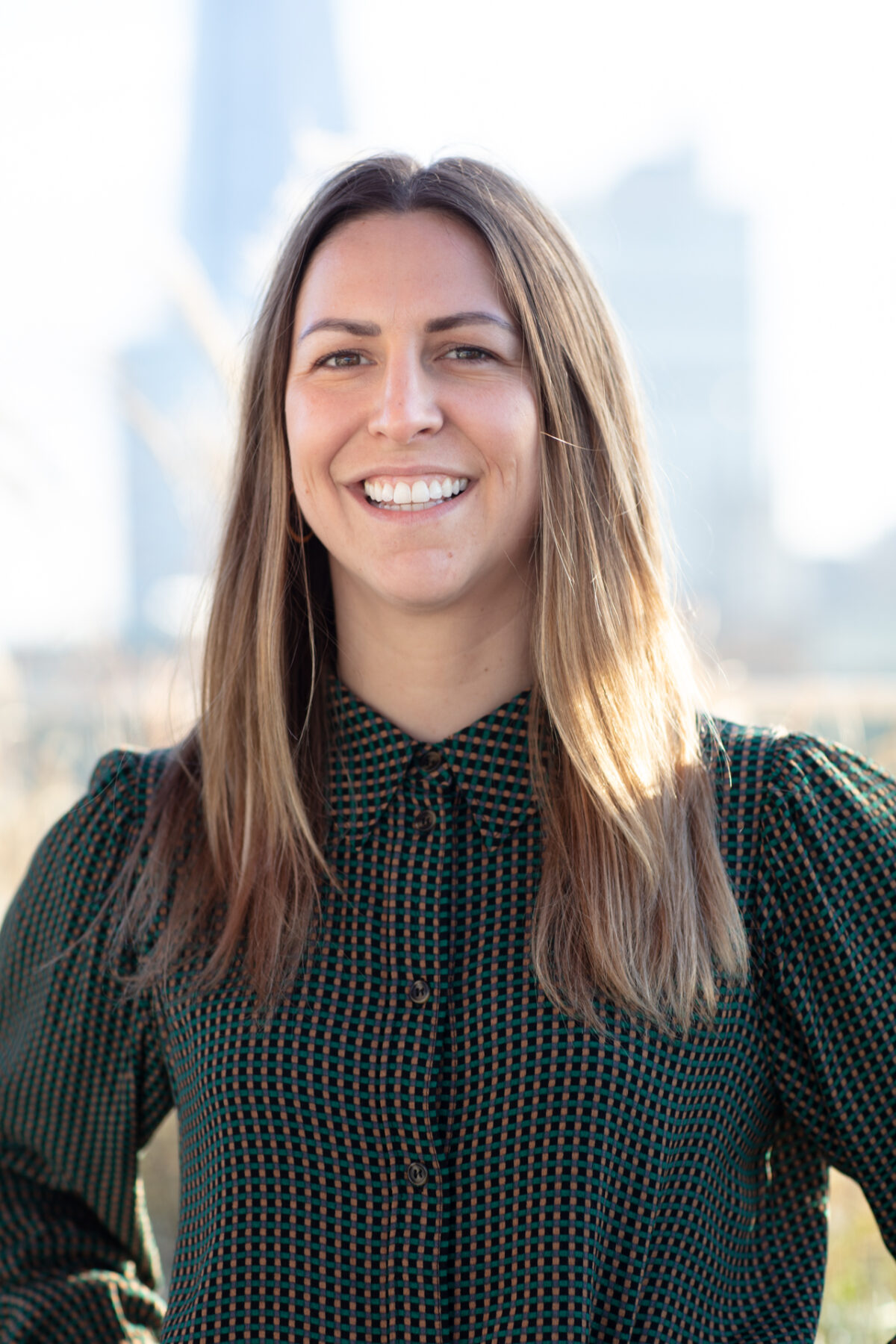In just over 20 years since its founding, biopharma commercialization firm Fishawack Health has acquired 19 businesses around the globe.
That growth has required the people team to have a sharp focus on company culture and on meeting the needs of an increasingly diversified workforce—both of which are top of mind for Harriet Shurville, who joined as chief people officer in May.
In recent years, Fishawack has made significant progress when it comes to advancing its DE&I agenda. Two years ago, it launched a series of employee resource groups, each of which includes an executive sponsor from the leadership team, and it includes DE&I metrics in its engagement data. Five of its nine executive team members are women, and its gender pay gap—which, as a U.K.-based organization, it’s required to report to the government—is less than 1%, which Shurville calls “incredible.” Now, the company is setting its sights on advancing ethnic representation in leadership, including through a new sponsorship program with a company called lollipop mentoring.
Shurville—most recently an HR executive at advertising services firms Iris and McCann Worldgroup—recently shared with HRE HR lessons on bringing together diverse, global populations around a unifying culture.
HRE: How would you define Fishawack’s culture, and how has its growth influenced the development of that culture?
 Shurville: The organization has grown by acquisition; we’ve acquired and integrated 19 different companies since 2001. Through these acquisitions, we’ve acquired different skill sets, different expertise, and we’ve acquired companies in different countries. With that, we’ve created a really diverse talent pool. So, when we think about the challenges of the culture, it’s really about making sure that we’re understanding all of the people, their needs, their focus areas and what they need from their individual careers. One of the ways we focused on making sure that we really understood what people needed was listening—but then also creating a clear vision, purpose, values, behaviors that everybody could get behind so that everybody was aligned in one company direction.
Shurville: The organization has grown by acquisition; we’ve acquired and integrated 19 different companies since 2001. Through these acquisitions, we’ve acquired different skill sets, different expertise, and we’ve acquired companies in different countries. With that, we’ve created a really diverse talent pool. So, when we think about the challenges of the culture, it’s really about making sure that we’re understanding all of the people, their needs, their focus areas and what they need from their individual careers. One of the ways we focused on making sure that we really understood what people needed was listening—but then also creating a clear vision, purpose, values, behaviors that everybody could get behind so that everybody was aligned in one company direction.
We created the new culture but then really wanted to get leaders brought into that. We created a program called UNIFY and we’ve had 250 leaders on the program; it brings leaders together from different regions, helps them understand the vision, the values, the behaviors—using the same language and the same frameworks.
See also: How aligning purpose and culture can refresh your EVP—the right way
I’ve actually been to two different UNIFY [events]—one in the U.S. and one in the U.K.—and one of the reasons I think it works is Jon [Koch], our CEO, attends all of them. He’s not just there in person; he’s present and he coaches and he guides and he’s an active participant. He’s setting the vision and really leading by example.
HRE: You’ve done a lot of work in previous positions managing culture on a global scale. What learnings have you taken from those experiences that you’re putting into action at Fishawack?
Shurville: When you’re bringing together different businesses, different cultures, you really have to listen—but also be very transparent. People have to understand why you’re making decisions. They have to understand the reason behind it.
And we’re really embracing that here at Fishawack. For example, since I’ve been here, I’ve been on a number of town halls. We have something called Mentimeter, which is where people can submit anonymous questions and ask leadership anything that they like, and we answer that live. They can hear from our CEO as well; Jon answers a lot of the questions really transparently and I think that helps people feel at ease. I’ve also participated in a fireside chat, where the leadership team has gotten together with smaller groups and they’re able to ask us questions. And if we don’t get to answer some of them, we write the answers and share them on our intranet. That builds trust, and I think that is really important in bringing cultures together.
HRE: How do you plan to sustain these culture changes over time?
Shurville: One of the areas that is really key to how we continue to develop and evolve as a business is mobility. We have these various capabilities and we [are focused on] being able to move people globally and share skills and learnings and expertise from the different acquired businesses. I think that’s where we have a lot of strength.
And employees want growth. They want opportunities, and we have those through how we’re structured and the tools we’ve put in place. We’ve been able to share all of our roles on our intranet, and we draw attention to it once a month.
And then for our clients, what they then get is that diverse skill set [from employees]. How our clients are sometimes structured is quite siloed, and for us to be able to provide them the best solutions, we have to have employees who have these diverse skill sets. We’re continuing to leverage mobility and it’s going to be really important to our employee value proposition and our people strategy.
Click here to read more Insights from a CHRO.
HRE: What are your current challenges when it comes to recruiting external candidates?
Shurville: If you would have asked me this 12 months ago, I probably would have said there were recruitment challenges but we haven’t really got that at the moment. I think the mobility piece has been key for us, to make sure we are transferring skill sets. We’ve been leveraging mobility to fill hard-to-recruit roles.
The other thing is our referral scheme. We’ve put in place a very generous referral scheme to make sure that, when we do have roles we are finding challenging, that we’re using the brilliant network around us to bring in great minds. We’ve been able to give out a considerable amount of money in referral bonuses, so it’s brilliant for them and it’s brilliant for us.
HRE: Taking a big-picture look at your work, if you could sum up your HR career thus far with one word, what would it be and why?
Shurville: Diverse. The reason being, [I have worked] in diverse industries, different sizes of businesses, different stages in maturity—the journey from start-ups to very established businesses—different appetites for change. It’s been diverse in terms of the opportunities I’ve had in the businesses that I worked in, which is great.
HRE: Outside of this work, what drives you?
Shurville: My mom. My mom is a very inspiring woman. She owns some independent bookshops, and she’s made a really successful business out of that. She owns bookshops in two very small villages, but she has very strong relationships with publishers. She gets huge authors and celebrities to come to her shops to do book signings; she does events that have 1,000 people. She’s incredible. She works very hard, she’s very successful and I really aspire to work hard for her—because she inspires me every day.
The post What culture integration looks like for this growing global company appeared first on HR Executive.
